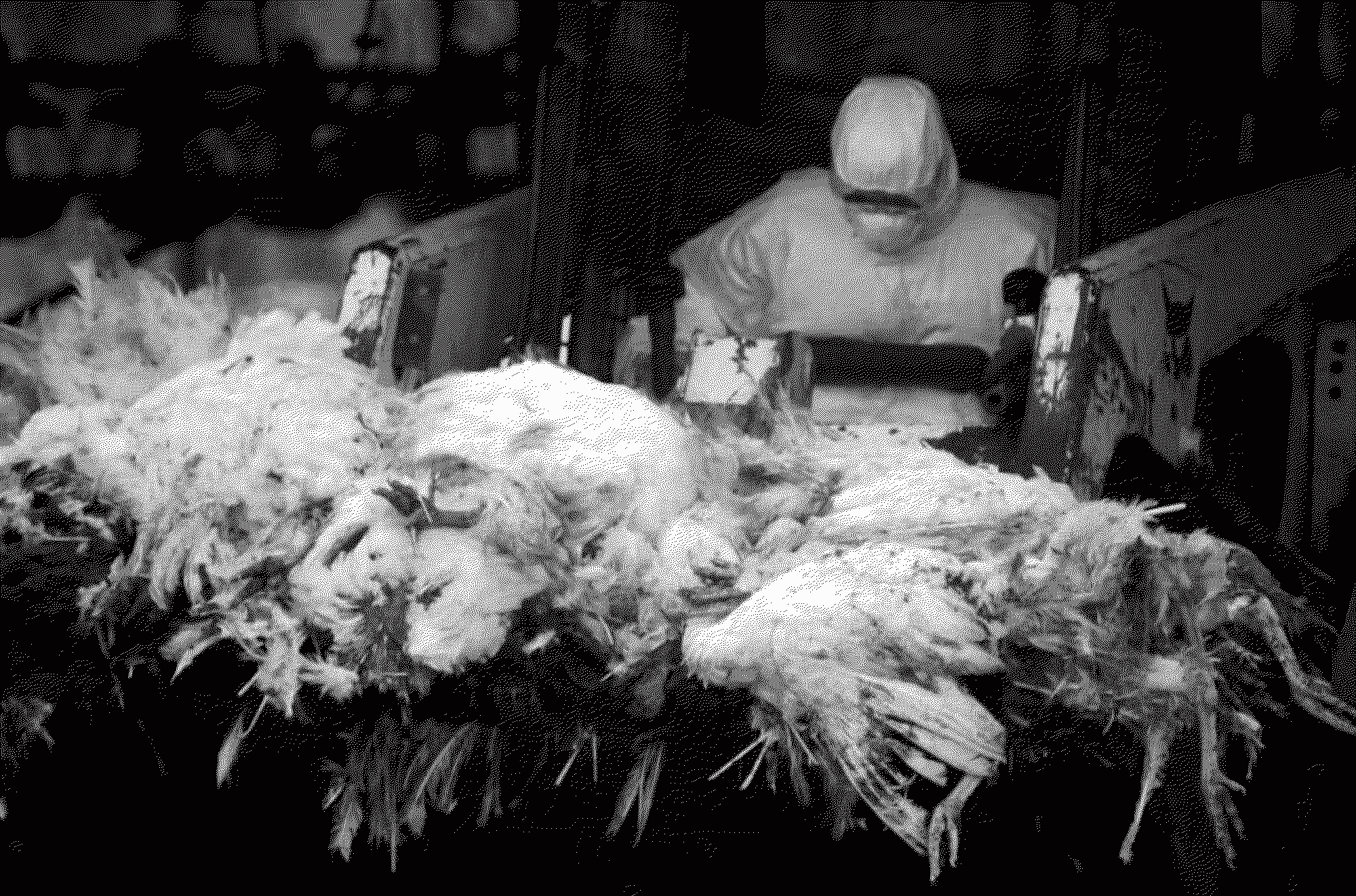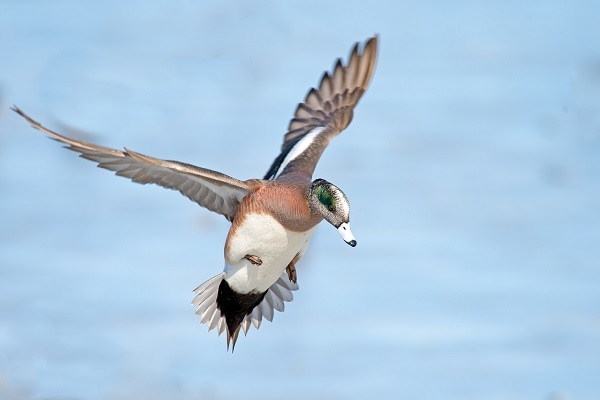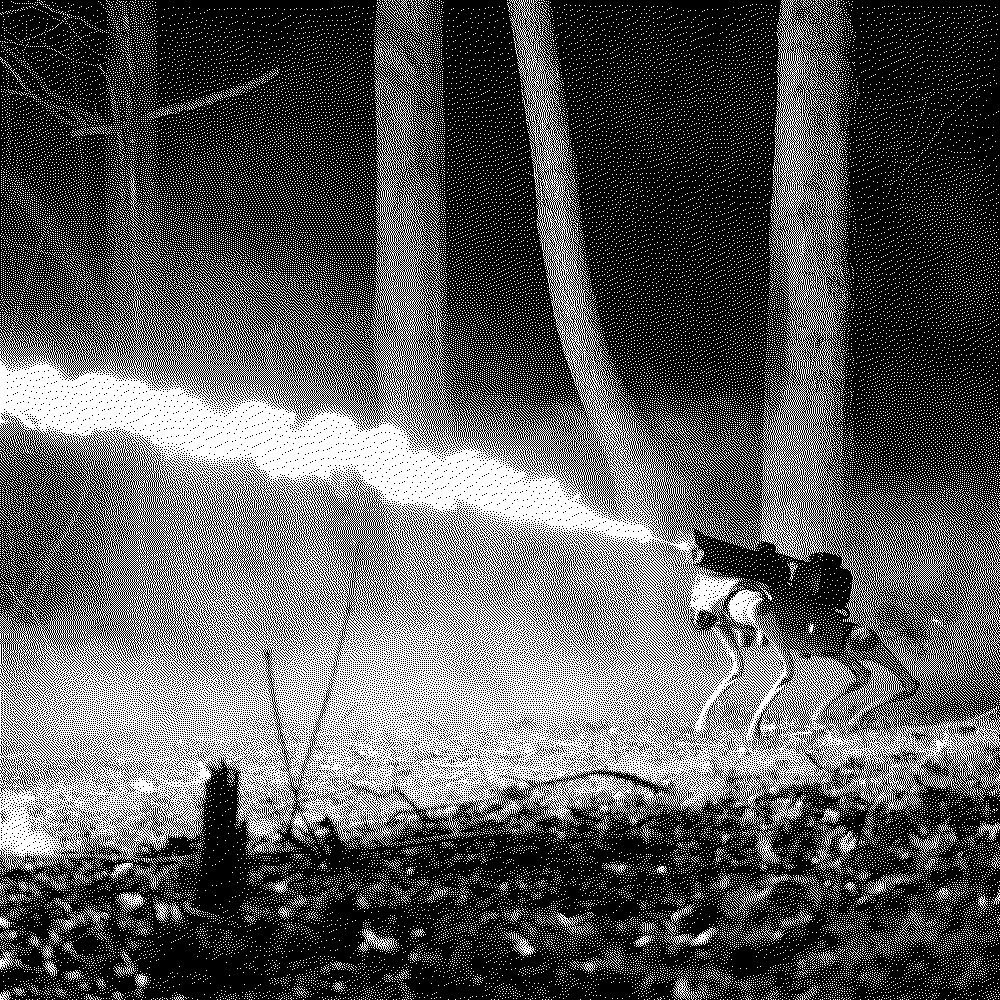It's Already Here
How much should we be worried about H5N1?

The ongoing H5N1 pandemic is intensifying, threatening a wide range of species and humans across various world areas. US just reported (early June) a third human case.
Key information
- H5N1, commonly known as bird flu, is a highly pathogenic strain of avian influenza that has killed millions of birds and unknown numbers of mammals, particularly in the last three years.
- Between January 1, 2003, and December 21, 2023, 882 cases of human infection with the H5N1 virus were reported from 23 countries, of which 461 (52%) were fatal. More than half of these fatal cases were in Vietnam, China, Cambodia, and Laos.
- The H5N1 virus was first detected in humans in 1997 in China and has since jumped to humans in Southeast Asia with a mortality rate of around 40-50%.
- Species already threatened with extinction are among those which have died due to bird flu in the past three years. The virus has reached as far as mainland Antarctica, posing a threat to penguin colonies. Check: Mass die-offs of marine birds and mammals in Peru sound the alarm on the spread of highly pathogenic avian influenza (H5N1) viruses throughout South America
- The virus has shown the ability to cross species barriers, suggesting it might one day produce a pandemic-scale threat to global biodiversity.
- In US, the third human case of H5N1, reported early June in a farmworker in Michigan, who was experiencing respiratory symptoms, tells us that the current bird flu situation is at a dangerous inflection point
- According to New York Times, the virus is adapting in predictable ways that increase its risk to humans, reflecting our failure to contain it early on.
Tracking what happens
Avian influenza A(H5N1) virus

Avian Influenza Current Situation Summary
Learn more about the latest avian influenza situation in the United States and globally.

Signals
The next pandemic? It’s already here for Earth’s wildlife
Bird flu is decimating species already threatened by climate change and habitat loss.








